Beyond averting home accidents, antique fire extinguishers have impeccable details that will make you wonder just how valuable they are. Don’t mistake their luxurious finish as a cover-up for mediocrity; they’re actually what they appear to be on the market.
Antique fire extinguishers can range between $100-$200 for unrestored soda-acid fire types, but they usually go for about half of this value in some stores.
As you dig deeper into this article, you’ll learn the interesting history of fire extinguishers, their properties and extinguishing agents, and how to identify them and discover their value.
Table of Contents
A Story of Fire Extinguishers
People and factories have always been on top of providing effective solutions to the menace of fire incidents from time immemorial- from water pumps to leather sand buckets.
So, it’s no surprise that a more practical and functional means was discovered, known as fire extinguishers.
Ambrose Godfrey, a chemist, got the pioneer patent on fire extinguishers in 1723. It soon failed within a few years of its application due to little efficiency.
In 1816, Captain William Manby of British descent showcased his ‘Extincteur’ 1816, which served as the foundation upon which practical fire extinguishers were built.
Manby curiously filled a cylindrical canister with a substance called potassium carbonate. The containers were made from copper and brass and remained this way until the start of the 20th century.
The copper fire extinguishers contained three gallons of potassium carbonate or pearl ash used in the pre-industrial days to leaven bread.
Almon M. Granger made a cylindrical fire extinguisher containing the soda and acid mix in 1881; this type used the chemical reaction from Sulfur acid and sodium bicarbonate to disperse water under controlled pressure.
A company soon introduced another style, popularly called the single pump copper fire extinguisher, produced by the Pyrene Manufacturing Company in 1905, which let out a deadly variant of phosgene gas from the addition of carbon tetrachloride, which was the major reactionary agent.
Pyrene Manufacturing Co. realized how harmful this was, and production was discontinued, including the soda and acid extinguishers.
Factories and scientists conducted different chemical experiments during the first world war, eventually producing the first carbon dioxide extinguishers.
Foaming Carbon Dioxide extinguishers which used a similar pattern as the soda and acid designs, began selling as early as 1917.
Stored pressure extinguishers using water mixture came into use in 1950, and the first dry chemical extinguisher which used stored pressure was also introduced in 1954; this fire extinguisher made use of the newly formed Halon 1301, which douses flames by reducing oxygen.
The middle of the 20th century opened new doors for new types of fire extinguishers; these were oxygen-depleting ones and are still in active use today.
The story continues in this video.
Types of Antique Fire Extinguishers
Below are the fire extinguishers you may likely find in stores, fields or around the yard. You must remember that these items took a sizable amount of time and trials to fully transition into the perfect, functional household tool we see today.
- Antique Fire Grenades
- Antique Wheeled Fire Extinguisher
- Hand Pumped Fire Extinguisher
- Soda-Acid Fire Extinguisher
1. Antique Fire Grenades
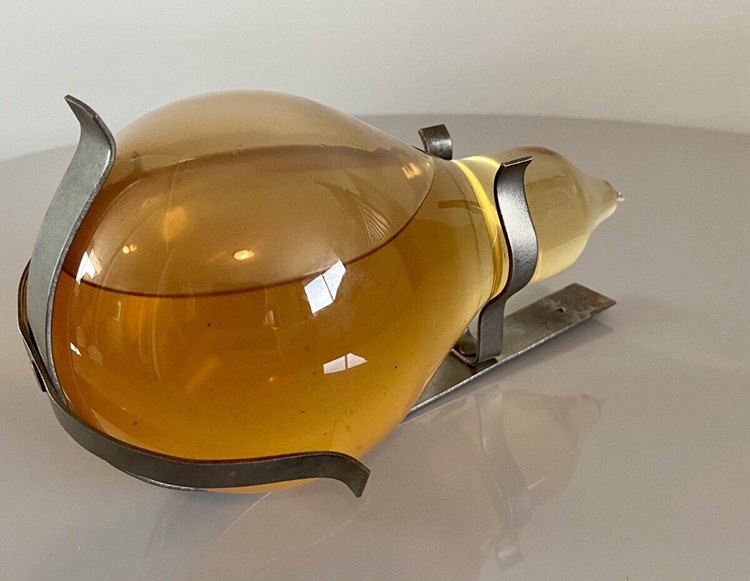
The fire grenade was a homemade fire extinguisher used by households from the late 19th century to the beginning of the 20th century, shortly before the pressurized containers we currently use.
Antique fire grenades existed in common shapes of the teardrop, round bulbs, even a rolling pin and different sizes ranging from big to small, which makes collecting them very interesting.
These grenades were reportedly filled with salt water or carbon tetrachloride and enclosed with a stopper dipped in cement.
They were meant to be thrown inside the fire to break blazing fire flames, they’re very fragile, and the carbon tetrachloride produced a dangerous gas when released at a high temperature.
A new fire grenade style which took the resemblance of a light bulb was manufactured towards the end of the 17th century and is supported by a spring-loaded bracket.
To quench the fire, a special heat-controlled link would melt under high temperature, setting off a spring metal arm to break the bottle and distribute the content into the fire.
2. Antique Wheeled Fire Extinguisher
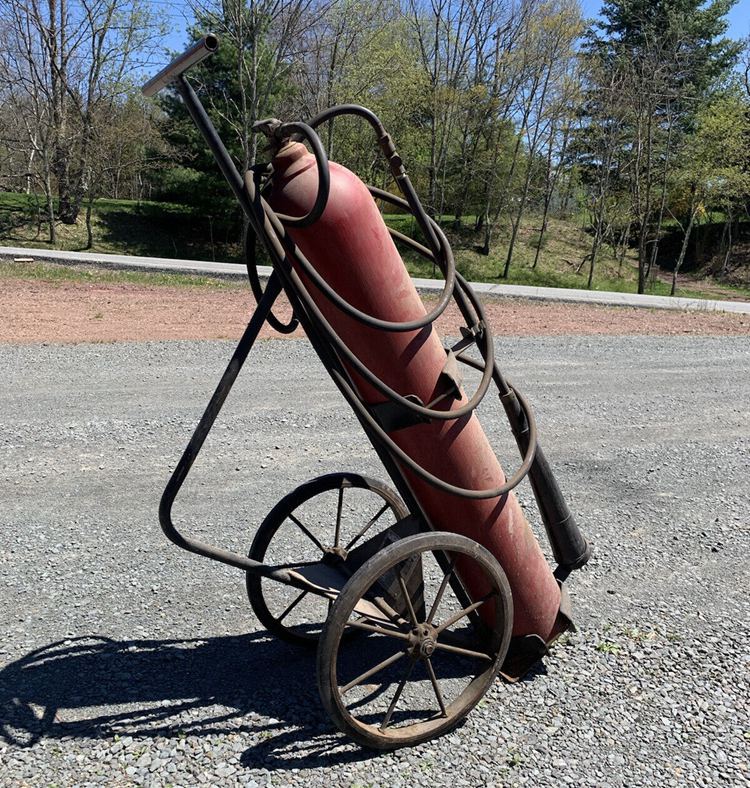
It’s not strange to see antique fire extinguishers with wheels; they’re interesting and unique. The mobile extinguishers came as a quick and efficient solution for fire threats, especially when it took people a long time to arrive at a fire scene and put out the flame.
You’d find these wheeled extinguishers, also known as chemical carts, in old storage houses and warehouses. They’re rare, highly sought after and sell for much higher prices than their counterparts.
3. Hand Pumped Fire Extinguisher
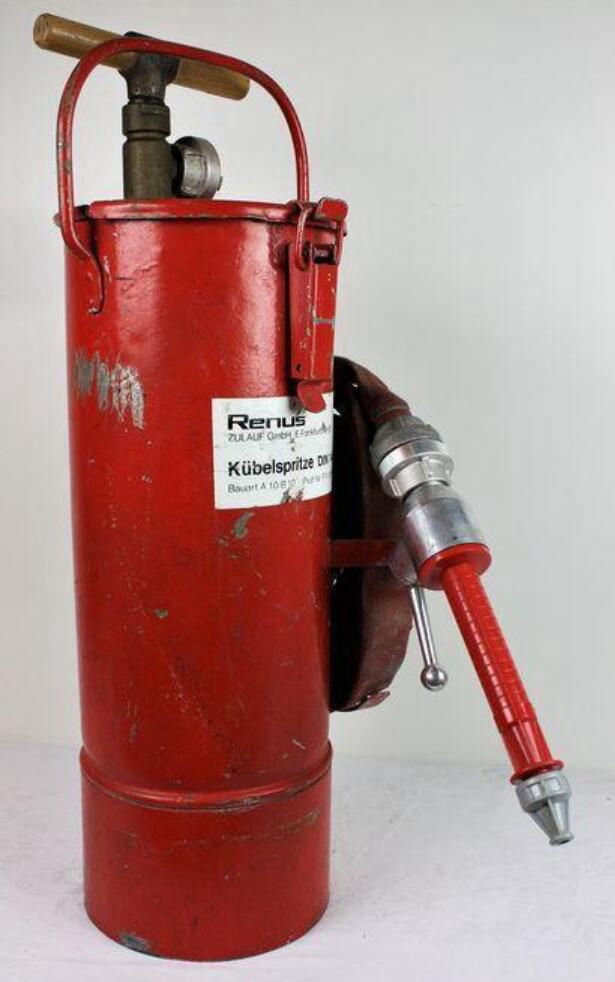
These fire extinguishers were mostly made from galvanized steel and had a wooden pump handle with a rubber hose. People and factories commonly used them around 1910 up to most parts of the 19th century.
The hand pumped fire extinguisher had little to no pressure and like its name was hand-worked; you’ll find them in steel frames stored inside cars pre WWII and perfect for use in an auto accident.
4. Soda-Acid Fire Extinguishers
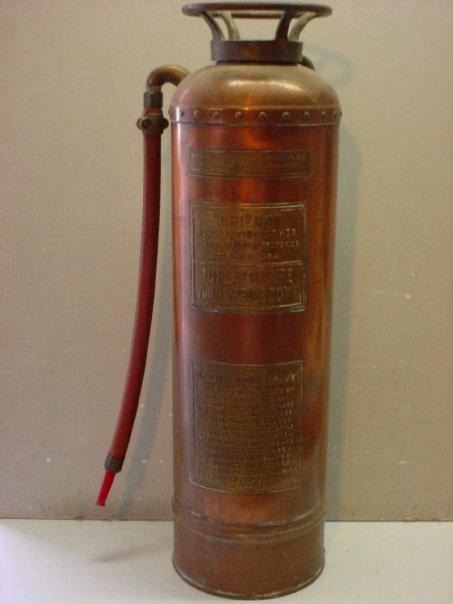
Soda-acid extinguishers are typically manufactured from copper or brass; proper fit for any equipment made in the 20th century, they’re usually polished on the outside to give off a reflective demeanor, making them very collectible.
Francois Carlier first patented the soda acid fire extinguisher in 1886, which used a mix of water, tartaric acid and sodium bicarbonate. After which, Almon M. Granger introduced his own in the U.S. in 1881- a more approachable technique.
The fire extinguishers filled soda solution in their main compartment and acid in a glass vial, then turned upside down; the glass vial will break into the main chamber and mix with the soda, producing a pressurized chemical reaction.
The production of these types of extinguishers ceased after 1969.
Dating Antique Fire Extinguishers
It’s imperative to know how to date your fire extinguisher to properly maintain them, know if they require refurbishing, or even to get rid of them. Dating also offers a bit of historical perspective.
Check the bodies of your canisters for dates, labels and other production details. The labels also have color codes to help with agent identification.
Some fire extinguishing agents are discontinued due to their properties, so if you come across a label indicating any of those chemicals, it should help you get an idea of the year it was produced.
How to Identify Antique Fire Extinguishers
For collectors, it’s no news that identifying classic models of fire extinguishers will be easy, but you must also bear in mind that there’s nothing as trusted as narratives from experts (we mean us). The following factors are necessary to aid your task.
Here’s a video on testing a vintage fire extinguisher.
Appraise your Fire Extinguisher
Considering that this may be your first time collecting vintage fire extinguishers, you must do all that needs to be done by employing the service of an appraiser to help you identify your item.
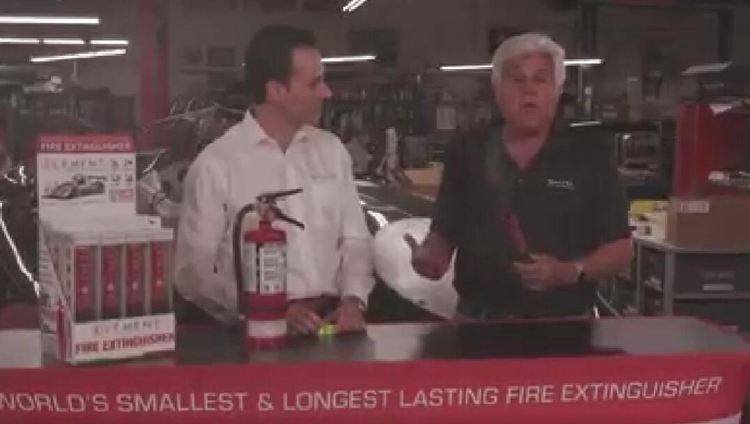
Get Familiar with the Classes of Antique Fire Extinguishers
Throughout history, fire extinguishers were categorized by their active extinguishing agent, and experts narrowed these categories down to five to match their origins and conditions. The well-defined classes have a solid preference around the world.
Class A- Fires that burn dry wood, paper and clothes with plastic and many other combustible elements around
Class B- Fires in highly flammable liquids like alcohol, kerosene, gasoline, oil and other flammable gasses.
Class C- Fire involving energized electrical materials and objects.
Class D- Fire in combustible metallic bodies like cast iron sheets, steel or aluminum.
Class K- Fires involving cooking appliances that contain flammable cooking mediums like vegetable and animal oils.
Recognize the Diverse Extinguishing Agents
Analyzing the active extinguishing agent is another effective way to help you identify your vintage fire extinguisher. We’ll be addressing this part concerning this point we raised earlier.
After knowing the classes of your item, you can identify them further by getting familiar with their major chemical agents.
Water
Water is the basic liquid element used in modern and antique fire extinguishers, after which all other secondary ingredients are added.
Water-powered fire extinguishers usually contain wetting agents that help to increase their combating might against an open fire. This extinguisher is mostly used on Class A fires.
The downside to water fire extinguishers is their inability to withstand freezing conditions because the water inside the canister will follow suit and freeze, rendering it useless.
However, some types of water fire extinguishers now contain antifreeze that prevents the water from freezing.
Apart from freezing, a traditional water extinguisher operator also risks getting electrocuted if the liquid comes in contact with an electrical fire. You also cannot use a water extinguisher on most Class B fires as they can cause slop over.
Another type of water extinguisher is the water mist extinguisher, which uses pure distilled water and releases it in the form of tiny sprays rather than a single gush to combat the flames.
These types of copper or brass fire extinguishers are used in sensitive environments where elements in unmeasured water outlets can cause harm to equipment, organisms or people- like operating theaters, libraries, museums and other public buildings.
Water mist extinguishers that have deionized water in them have helped solve the issue of conductivity that causes shock in the case of water extinguishers. Mists are non-conductors of electricity as they don’t create puddles or pools that can cause electrocution.
Carbon Dioxide
One major advantage of carbon dioxide as a chemical component for quenching fire is that it does the job neatly and leaves almost zero residues, which makes it a perfect fit for environments with fragile electronic equipment, food labs, or printing arenas.
Carbon dioxide extinguishers are usually applied in Class B and Class C fires because the chemical is disbursed in a snowy, cloudy or gaseous form and has a very short range of 3ft to 8ft.
We have a few warnings when using carbon dioxide extinguishers. You must not use them outdoors in a windy place or indoors with strong airflow as these factors can quickly make carbon dioxide evaporate and defeat the purpose of quenching fire.
The mechanical setup of carbon dioxide extinguishers is that the agent reduces the amount of oxygen active in the fire. Hence it should be used with the utmost care when dispersing in an enclosed space.
Foam Extinguishers
There are two types of foam agents used in antique fire extinguishers; they are the AFFF (aqueous film-forming foam) and FFFP (film-forming fluoro protein) fire extinguishers.
These two are perfect for Class A and Class B fires cases. They discharge foamy materials different from liquid or powder.
You can’t use them in very cold or freezing temperatures as they won’t disperse. The upside to these types is that when you use them on a Class B flammable liquid fire with serious death, the foam helps prevent reignition by floating on and securing the liquid surface.
Dry Chemicals
The dry chemicals used in fire extinguishers are divided into two categories- ordinary dry chemicals, which are composed of bicarbonate base and potassium bicarbonate base that help improve flow and prevent caking and packing.
Multipurpose dry chemicals containing ammonium phosphate base agents are mostly used on class B fires. People can also use them for Class A fires as the chemical helps to soften and stick on hot surfaces by forming a soft coating that prevents air from aiding the flames.
Wet Chemical
They contain a mix of water and potassium carbonate, potassium citrate, potassium acetate or a combination of these chemicals, which are great conductors of electricity.
They have a Ph level of 9.0 or less and work as a coolant on Class A fires, then help prevent reignition by forming a foam covering on Class K fires.
Because the agent is mostly water, they reduce the temperature of hot fats below their re ignition point. Spraying directly at cooking utensils reduces the chances of hot grease splashing and causing a shock to the holder. It’s less messy and helps with clear vision.
Dry Powder
This category of fire extinguishers is made for the use of class D fires and some metals whilst adhering to set techniques and manufacturer’s instructions for use. You can apply them on fire by using a shovel, or a scoop- also known as a hand propelled fire extinguisher.
Halogenated Agent
The Halon 1211 (bromochlorodifluoromethane) type fire extinguisher has a component similar to carbon dioxide. However, the production of the Halon agent has been discontinued due to environmental damage.
Before this, the much bigger models of the Halon 1211 fire extinguishers were used on Class A, B and C fires; they were twice as effective as carbon dioxide, covered double the range, and air/wind conditions could cause quick disbursement of the chemical.
As a safer alternative to Halon, some clean agents also contain traces of Halon but are nonconductive, corrosive and don’t leave residue after usage. They’re also used for Class A, B and C fires suitable for use on electronic equipment.
They combine gas and mist or liquid form when discharged and evaporate twice as fast as carbon dioxide. Clean agents are completely safe for the ozone layer and are more readily available than Halon extinguishers.
Look for Production Details
The body of your fire extinguisher must contain some form of imprints and labels addressing the brand. It can be a bit tasking to fully understand the numbers on the bodies, but identifying them is still very necessary.
An original antique fire extinguisher will hardly provide clear details on model numbers; you’ll have to examine the entire setup to discover the original markings. You must read up on the brand you’re buying to get info beforehand.
Colors
Fire extinguishers are wired to address different kinds of fire incidents in their own most convenient and social ways; they’re also set up according to the fire risk in that area and the fire class.
Label Color |
Type of Extinguishing Agent |
Class of Extinguisher |
Red |
Water Extinguisher |
Class A Fire |
Cream |
Foam Extinguisher |
Class A & B |
Blue |
Dry Powder Extinguisher |
Class A, B, C Fire |
Black |
C02 Extinguisher |
Class B & C |
Bright Yellow |
Wet Chemical |
Class F fires |
The importance of colors in identifying fire extinguishers is to help the owners of the affected area know how to pick the right extinguisher to address the category of fire outbreak. A colored label is placed directly at the top of the cylinder to show the contents and type.
Water extinguisher canisters usually carry the red labels and are used on Class A fires, while you’ll find a cream label attached to Foam extinguishers. Dry Powder extinguishers come with a blue label and address Class A-C fires.
Carbon dioxide extinguishers carry a black label, while you can identify wet chemical extinguishers with a bright yellow label handling Class F fire.
Physicality
For vintage fire extinguishers, they must show signs of wear and prolonged use, like rusty and worn-out metal. Modern extinguishers are usually fresh, new with bold, flashy colors that makes them fit into modern aesthetics.
The physical qualities of an antique fire extinguisher should reflect a much older and more inimitable feature to fit into your desired collection.
Age
To discover the age of your antique fire extinguisher, you should check the canister’s body- they’re usually stamped on them or look for a printed label with the dates.
Sometimes, the date stamp is placed under the plastic ring around the neck or right beneath the plastic boot of the cylinder.
If the paint has covered the date stamp, you can rub it off with an emery cloth to reveal the written date.
How to Determine the Value of Antique Fire Extinguishers
The following criteria are pivotal to determining antique fire extinguisher values. You must strongly consider them to get full value for your money. Before we dive in, you must remember that restoring antique copper and brass extinguishers reduces their value and perceived old status.
Creativity
Since you’re not purchasing your antique fire extinguisher for functional use, you must consider the creative factor- any decorative item must be unique enough to draw attention.
The style of your fire extinguisher must be in tune with its antique state as the standard models are not considered decorative elements- we partly blame this on the fact that they’re sold in large quantities, reducing their value.
Rarity
Rarity is a major factor used to determine antique fire extinguisher values. Some types like the wheeled antique fire extinguisher, hand-pumped fire extinguisher and grenade fire extinguisher are no longer in production, making them pretty hard to find in the market.
Condition
The overall condition of your antique fire extinguisher can make or mar the perceived value on the market. Factors like faded paint, discolored canisters, broken pump or leaking cylinders can render the state of your collectible useless and make it hard to collect.
Ensure you keep your older models in good condition at all times to increase collectability and get a little extra coin.
Provenance
Previous ownership of your antique extinguisher by certain individuals of high and revered status or origin from a certain country can affect the perceived value. Provenance is a strong factor in the antique world, and knowing all the right info will swing things in your favor.
Age
If your antique fire extinguisher is from the early 19th century, it’s old enough to be categorized as antique, which can positively influence its value.
However, the idea of age to determine the value of fire extinguishers has been argued quite a few times because the current extinguishers in use are from the 20th century, which means the difference in price value can’t be too wide.
Appraisals
From what you’ve read up to this point, it’s not an understatement that fire extinguishers are tricky objects to identify, even though the process is quite simple.
If you’re a first-time collector or buyer, you should engage the services of an appraiser to help you spot the numbers and correctly date your extinguisher.
Online Resources
No knowledge is lost, and all hands must be on deck to identify your property in the case of fire extinguishers. Get yourself some books on antique fire extinguishers and update your vocabulary about their history, relevant parts and timeline.
Search the web or check out the links below to help you kickstart your journey to identify these items.
NFPA Guide To Portable Fire Extinguishers
Market Factors
Demand and supply forces greatly affect antique fire extinguishers’ value; it doesn’t matter if you have a rare model with you. It has no intrinsic value if the market doesn’t need it at that point.
You must always keep your ear to the ground and embark on market surveys from time to get an idea of your item’s value.
Parting Words
Due to their sensitive nature, antique fire extinguisher canisters don’t have excellent reuse value as they may rust due to long-term storage, but they can double as decorative pieces around the house if you repaint them.
Here are a couple of reminders we’ve summarized for you and other collectors moving forward
- Handle your old extinguishers with care; some still contain toxic chemical combinations from the past.
- Protect yourself by ensuring that the pump/hose or extinguishing area is locked in case of chemical spillage.
- Maintain as much originality as possible, less restoration, and more care.
- Antique fire extinguishers are for sale on online platforms like eBay, Etsy and Amazon.


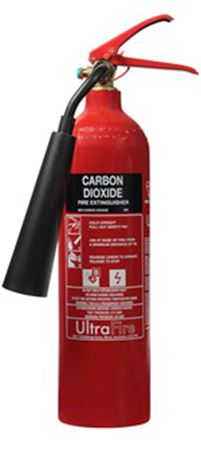
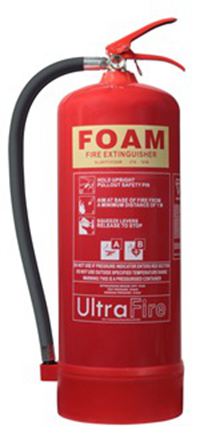
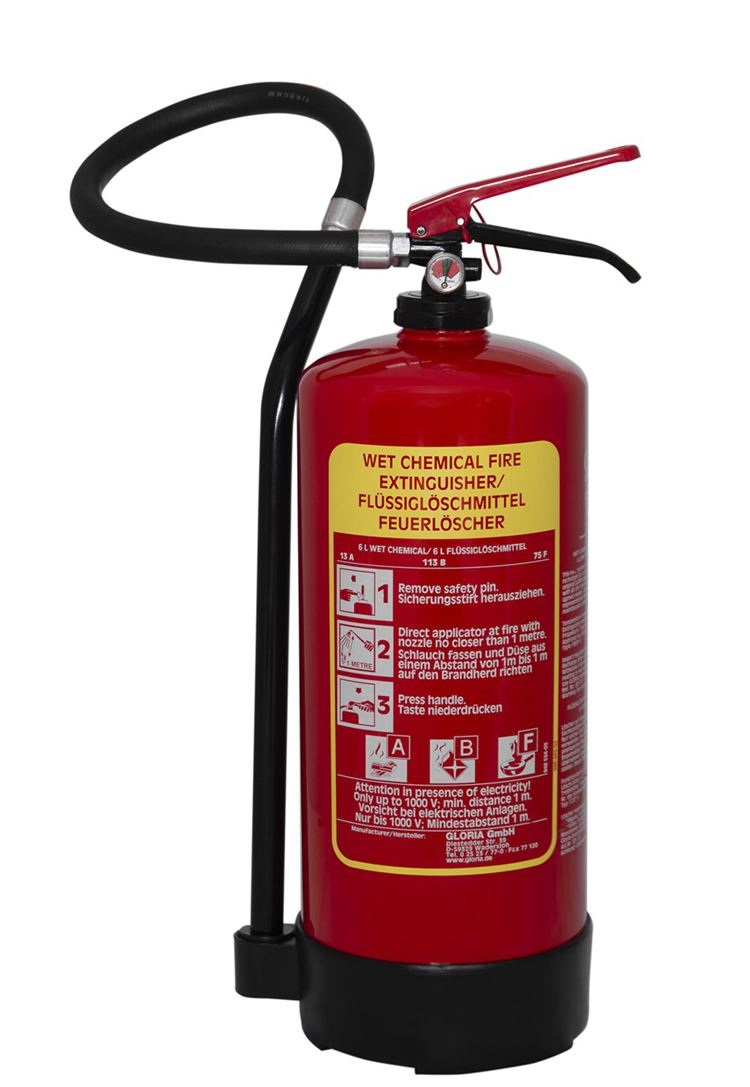
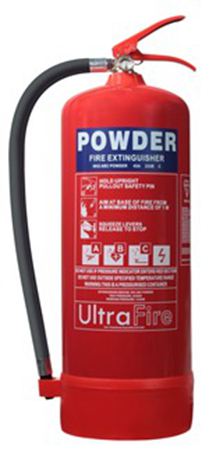
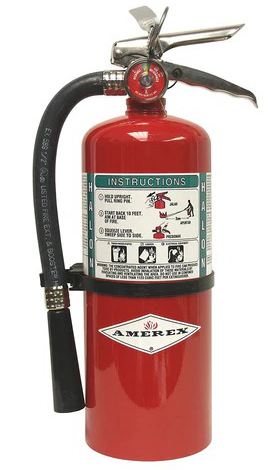




![Where To Sell Antique Furniture In 2022 [Ultimate Guide]](https://www.jacquelinestallone.com/wp-content/uploads/2022/09/Etsy-Your-Place-To-Buy-And-Sell-All-Things-Handmade-600x450.jpg)


